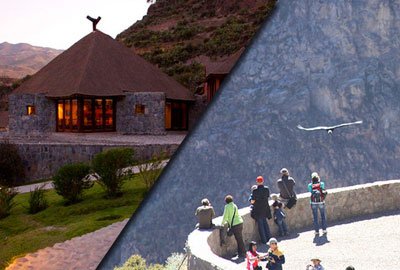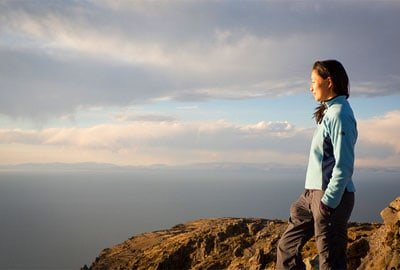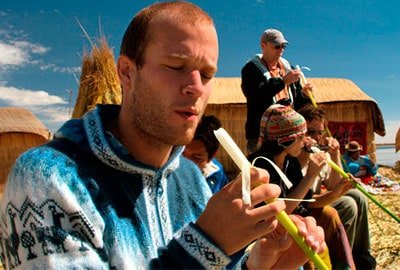Colca canyon tour from Puno
From Puno traverse the highland plains along the way you will stop to look up the vicuñas
Amantani homestay tour 2 days
Amantani tour is very complete and was designed to visit as much as possible, includes Uros floating islands, Amantani homestay experience and Taquile island in lake Titicaca tours.
Floating island tour
One of the most original attractions on Lake Titicaca tours, only few kilometers away Puno on a motor boat and by small channels amongst the reed banks we arrive to
Taquile island tour 1 day
Is one of the most popular lake Titicaca tours, On Taquile Island you will see an indigenous community that conserves original traditions and organization.




